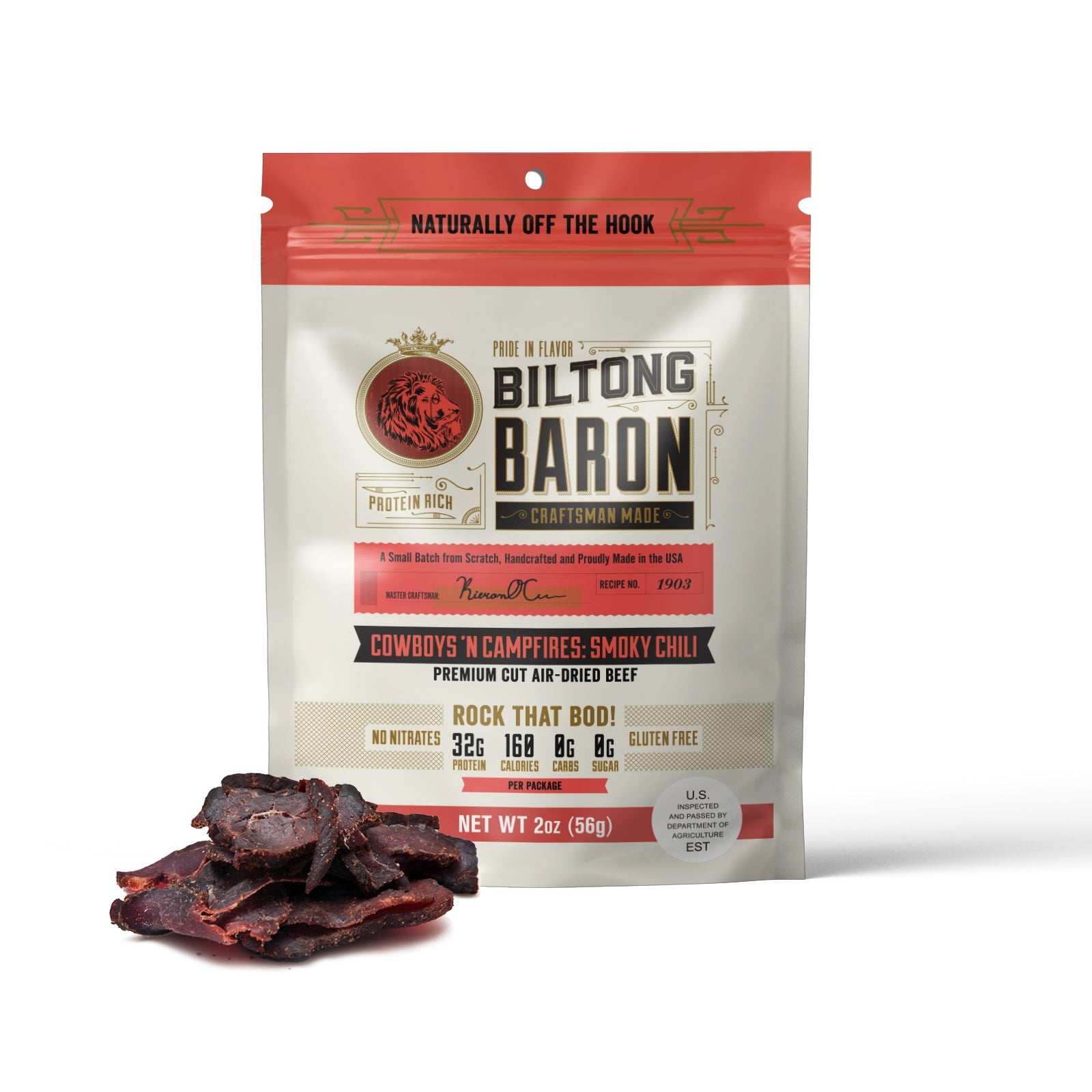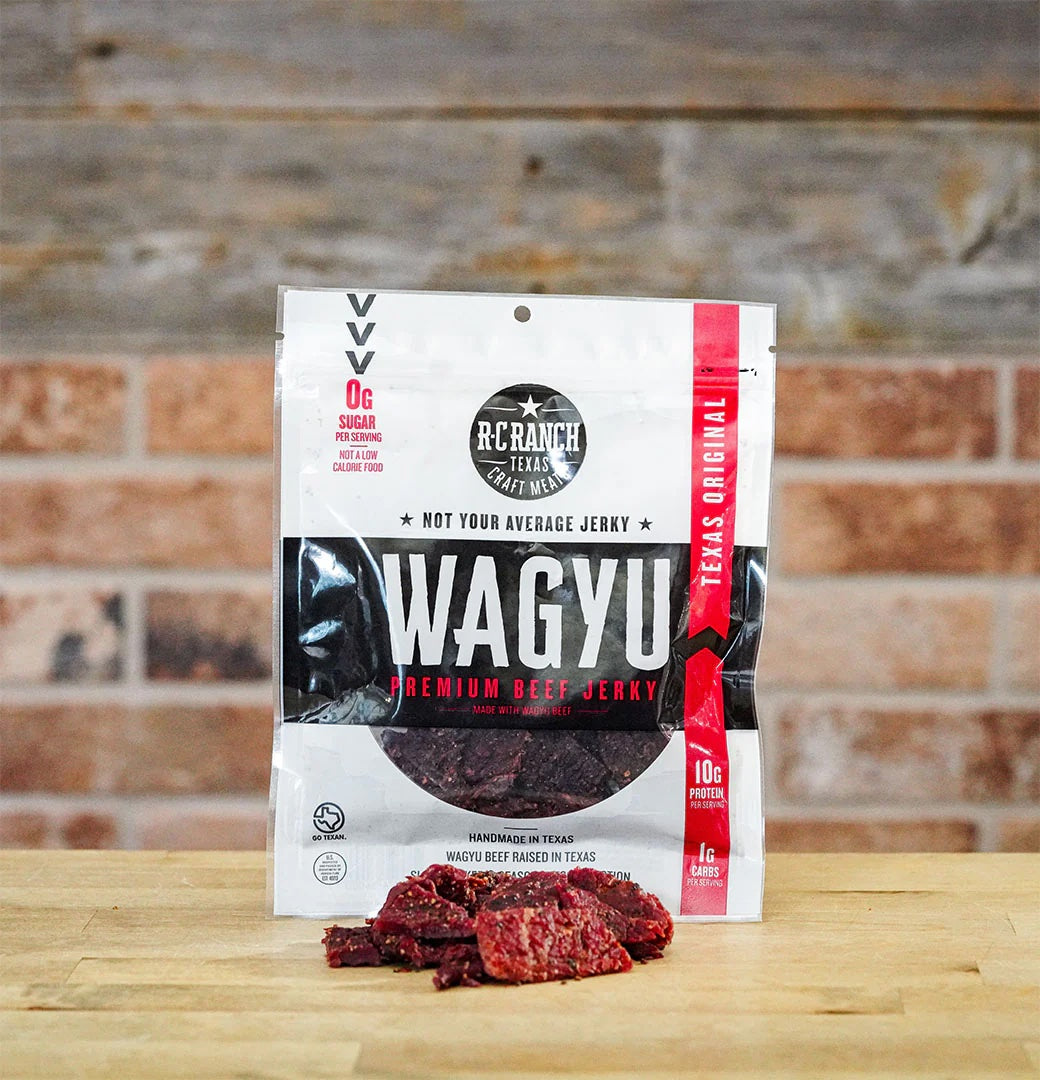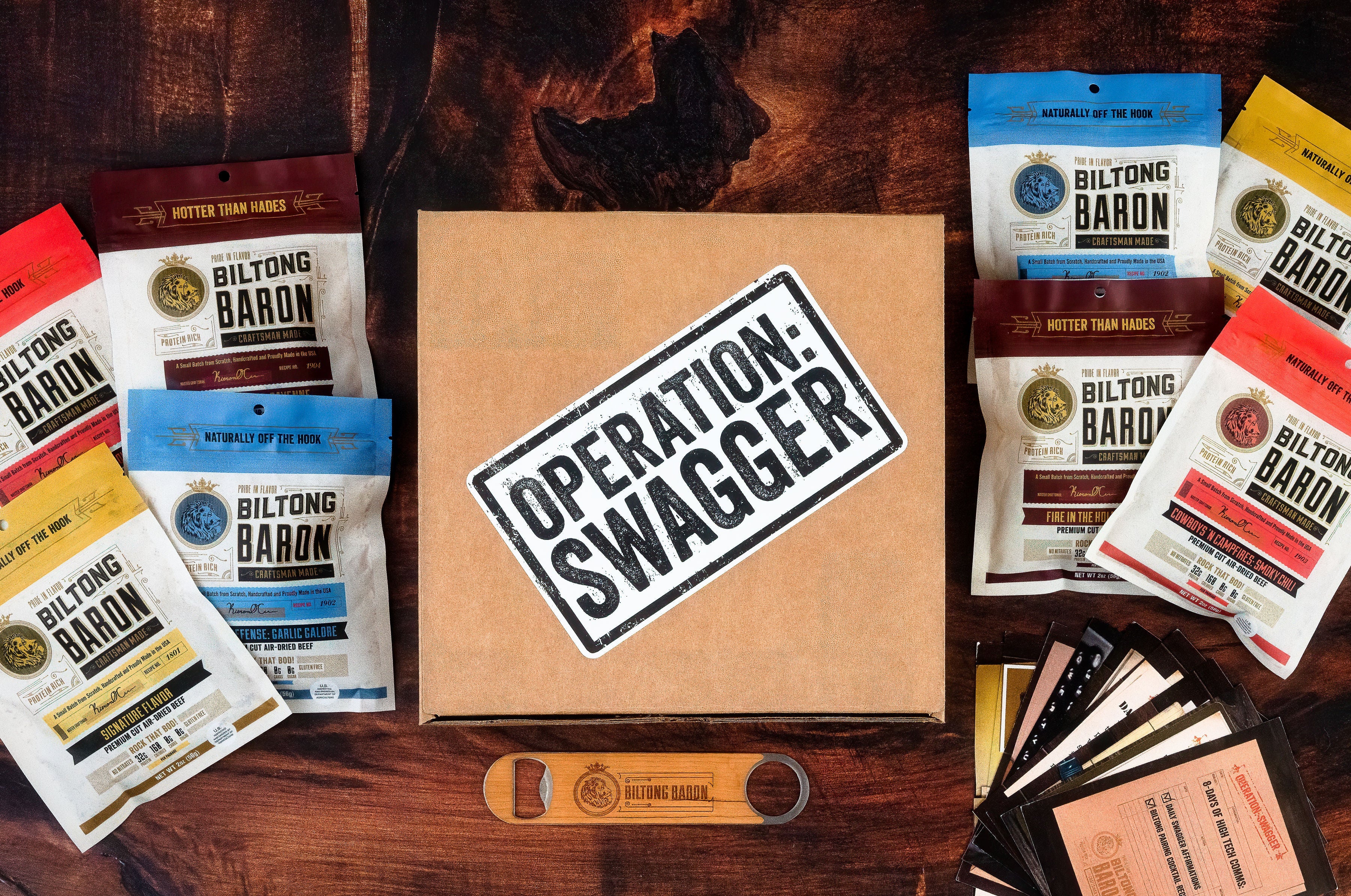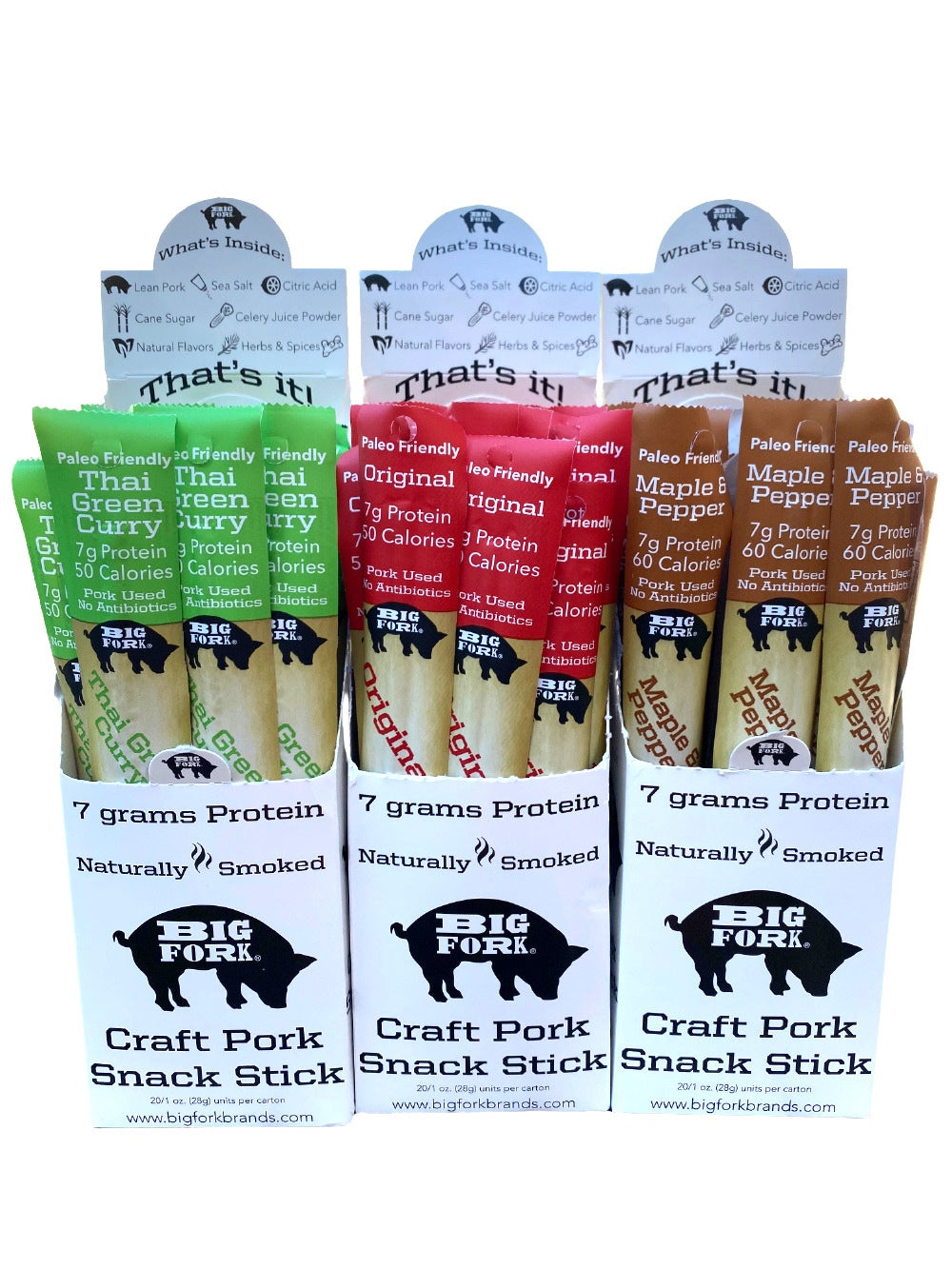-
Recently Viewed
You have no recently viewed items.
-
Featured Brands
- All Products
- About Us
- Contact Us
- Our Blog

Ch'arki: The Original Jerky Preserving Method
Just about everyone knows what jerky is. It's that dried, spiced meat that’s been around for centuries and has a passionate following among loyal folks here in the Jerky Universe.
But what you may not know is that there's more than one way to make jerky. In this post, we’ll look at the original meat preservation method and one of our favorite types of exotic jerky — ch’arki.
What Is Ch’arki?
If the word “ch’arki” sounds familiar, it’s because it’s basically the original term for jerky.
“Ch’arki” is the Quechua word for dried and deboned llama and alpaca meat in South America. “Jerky” is the anglicized version of the word that we now use around the globe for an array of dried meats.
From Japanese salmon jerky to Turkish basturma to South African biltong, most exotic jerkies actually derive from the original method of preparing ch’arki.
While there are many different recipes and methods for making ch'arki, the primary premise is always the same: Dehydrate thin slices of meat over low heat until they’re deliciously dry and chewy.
[Related: Traveling With Beef Jerky: What You Need To Know]
History of Ch’arki
It’s difficult to pinpoint the first time that people made ch’arki. But based on historical and ethnographic sources, archaeologists have put forth a theory.
The earliest known text referencing ch’arki comes from Spanish friar and conqueror Bernabé Cobo, who recorded it in 1653. He said that Peruvian people prepared the dish by cutting meat into slices, putting them on ice for a time and then pounding them thin with a weight or mallet.
Because the meat was cold-dried, it was perfect for long-distance transport for trade in the lowlands. Plus, Peruvians could keep it for months in the cold, arid Andes climate.
South Americans originally made ch’arki from alpaca or llama meat, and they considered it a luxury reserved mostly for noblemen. Inca royalty even used ch’arki as tax payments!
Types of South American Ch’arki
Different methods in various South American regions bring you the delicious world of ch’arki.
For example, there's the Bolivian type, which contains meat dried at higher elevations with cold temperatures alone. Meanwhile, in the Ayacucho Region, ch’arki simply needs smoking or salting before it’s complete as a type of jerky.
[Related: How Long Does Beef Jerky Last?]
How People Make Ch’arki Jerky and the Different Methods They Use
The art of dehydration is a delicate balancing act that requires patience and precision.
Ch’arki-makers expose thin, uniform strips of deboned meat to high altitudes during the driest months between May and August. The strips must withstand extreme conditions — such as low temperatures with intense sunlight — for up to six weeks at a time!
The drying process is a critical part of the preservation strategy for many foods. The most common jerky-making technique involves hanging strips or placing them on rooftops to keep animals away. The strips stay there for anywhere from four to 25 days (recipes vary).
Ch’arki in Modern South American Cuisine
The process of cold-drying meat may have originated from necessity hundreds of years ago, but South Americans continue to enjoy great-tasting ch’arki. Although ch’arki originally referred to only llama, alpaca or other camelids, South Americans usually make today’s ch’arki from beef, lamb or horse.
If you ever visit Peru, Brazil, Argentina or another South American country, consider ordering a spicy stew or hearty soup with ch’arki as a main ingredient.
[Related: Is Beef Jerky Healthy?]
Explore the Jerky Universe
Now that you know where it all started, you might be hungry for more knowledge about other types of exotic jerky.
Luckily for you, the Jerky Universe is your number-one resource for all things jerky. Check out our guides to a wide variety of exotic jerkies, including these tasty types:
But there's even more to explore in the Jerky Universe — follow us on social and subscribe to our newsletter below!
Featured image via Unsplash
- Choosing a selection results in a full page refresh.









